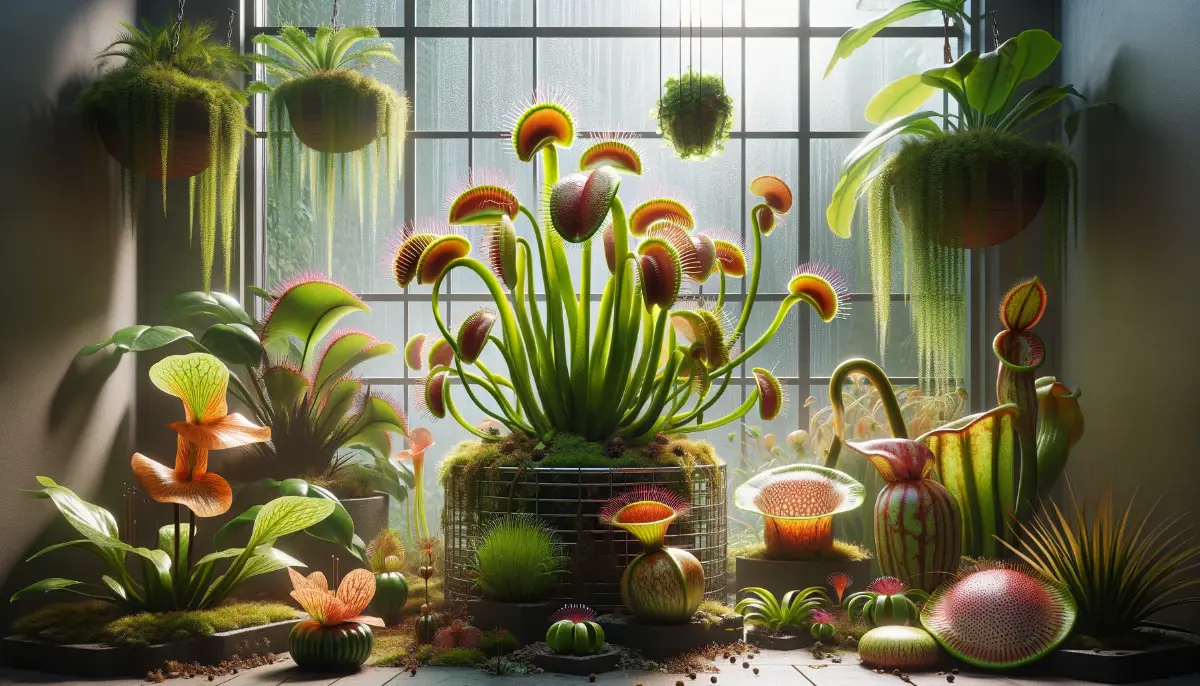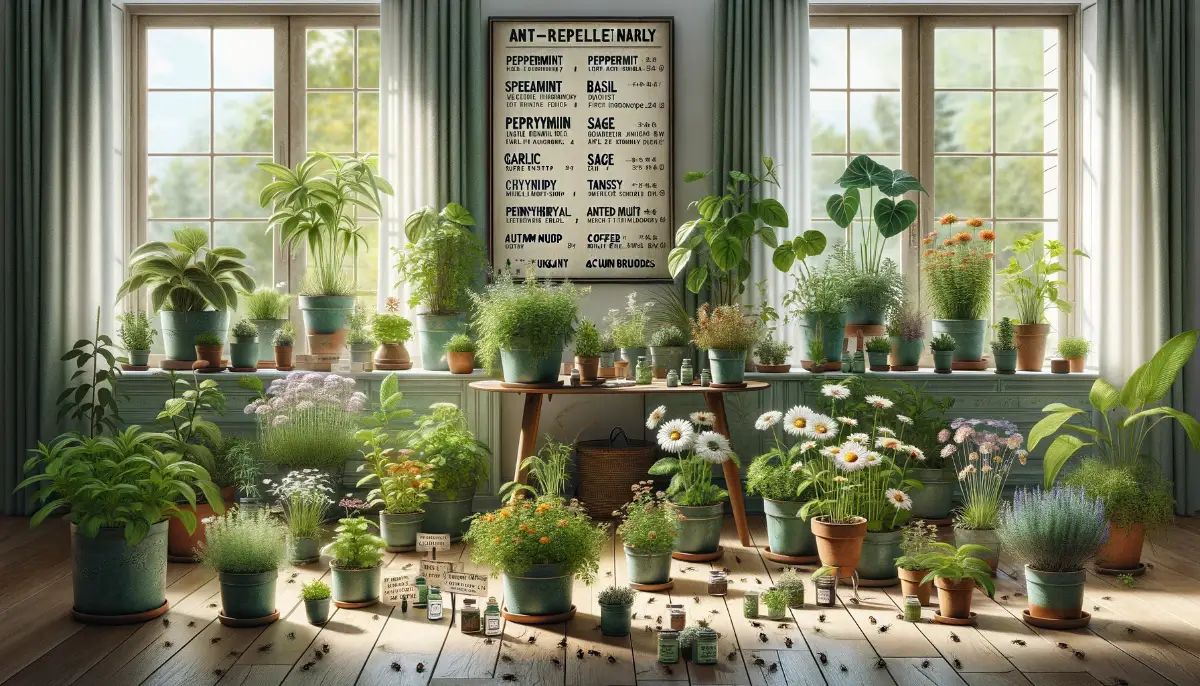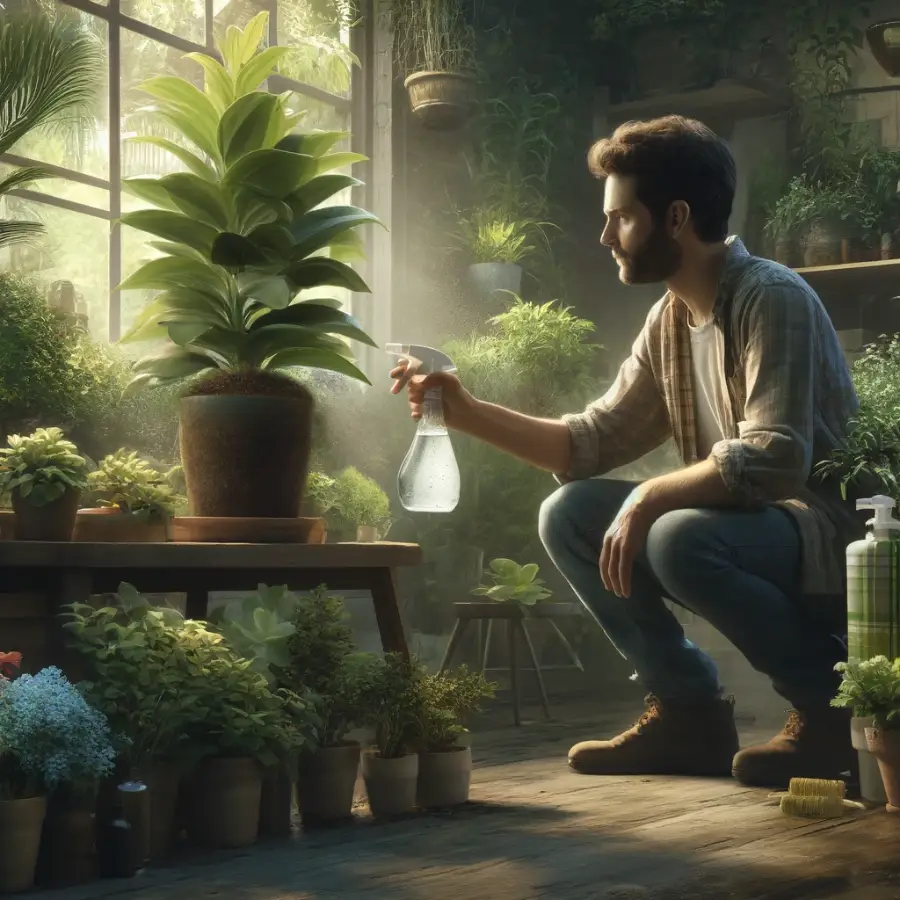Imagine transforming a part of your home into a miniature ecosystem where nature’s most intriguing insect hunters thrive. Carnivorous plants, with their alluring and sometimes eerie appearance, are not just exotic decorations but fascinating examples of nature’s ingenuity.
Whether it’s the rapid snap of a Venus flytrap or the deceptive allure of a pitcher plant’s cavity, these plants have evolved extraordinary mechanisms to catch their prey, offering an exciting challenge for indoor gardeners.
Ideal for those who appreciate both the beauty and the bizarre in nature, growing carnivorous plants indoors isn’t just about adding a touch of green; it’s about engaging in a living science project right in your own home.
- Carnivorous plants are low-maintenance and can thrive indoors with proper care.
- They require specific soil conditions, consistent moisture, and regular feeding of insects.
- Proper light, temperature, and humidity are essential for their growth.
Selecting the Right Carnivorous Plants
Choosing the right carnivorous plant for your home involves considering the specific care needs of each type and how well they can adapt to your living environment. Here’s how to pick the best ones:
Understanding Different Types
- Venus Flytrap (Dionaea muscipula): Known for its iconic snap traps, this plant is ideal for beginners and prefers high humidity and plenty of sunlight.
- Pitcher Plants (Sarracenia/Nepenthes): These plants have a deep cavity filled with digestive fluid to trap insects. Sarracenia are generally more tolerant of cooler temperatures, while Nepenthes prefer higher humidity and warmer conditions.
- Sundews (Drosera): Featuring sticky, dew-covered tendrils that attract and ensnare insects, sundews are suitable for various light conditions and are relatively easy to grow.
Factors to Consider
- Climate Adaptability: Some carnivorous plants, like the purple pitcher plant (Sarracenia purpurea), are hardy and can survive outdoors in cooler climates. Others, like many tropical pitcher plants (Nepenthes), require indoor settings where temperature and humidity can be controlled.
- Care Level: Evaluate how much time and effort you can dedicate to your plant. Some species require more meticulous water and humidity management than others .
- Space Requirements: Ensure you have the appropriate space for your plants as some might grow larger than expected.
Buying Tips
- Source Quality Plants: Purchase plants from reputable nurseries or specialized online stores that offer healthy, well-cared-for specimens.
- Inspect for Health: Look for plants with a vibrant appearance and no signs of pests or disease. Healthy plants will have fresh, intact traps and vibrant colors.
Check out the First-Time Plant Owner`s Checklist
Basic Requirements for Growing Carnivorous Plants
Growing carnivorous plants successfully at home requires understanding their natural habitat and replicating those conditions as closely as possible. Here are the fundamental requirements you’ll need to meet:
Soil and Potting Mix
- Nutrient-Poor Soil: Carnivorous plants thrive in poor soil that doesn’t have the nutrients typical of standard potting soils. Use a mix specifically designed for carnivorous plants, typically composed of peat moss and perlite or sand.
- Avoid Fertilizers: These plants get their nutrients from insects, not soil, and common fertilizers can harm them.
Watering
- Distilled or Rainwater: Tap water can be harmful to carnivorous plants due to its minerals and chemicals. It’s best to use distilled or collected rainwater.
- Consistent Moisture: Keep the soil consistently moist but not waterlogged. Many of these plants grow in boggy conditions in the wild.
Light
- Bright, Indirect Light: Most carnivorous plants require bright, indirect light. A sunny windowsill that receives a few hours of direct sun followed by indirect light is ideal.
- Artificial Lighting: If natural sunlight isn’t adequate, especially in winter months, supplement with artificial lights such as fluorescent or LED grow lights.
Temperature and Humidity
- Temperature Requirements: Most carnivorous plants do well in normal room temperatures, but some tropical varieties might need warmer conditions.
- High Humidity: These plants often come from humid environments. Maintaining high humidity is crucial, especially for tropical types. Use a humidifier, or place your plant in a naturally humid area like a bathroom if it receives enough light.
Techniques for maintaining high humidity
Maintaining high humidity around carnivorous plants is essential for mimicking their natural habitat, which often involves damp, boggy conditions. Here are some effective techniques to achieve this:
Using a Pebble Tray
- Setup: Place a layer of pebbles or gravel in a shallow tray and fill it with water just below the top of the pebbles.
- Placement: Sit your plant’s container on top of the pebbles. As the water evaporates, it creates a humid microenvironment around the plant without the soil becoming waterlogged.
Utilizing a Humidifier
- Select a Humidifier: Use a small humidifier to directly control the humidity levels in the room where you keep your carnivorous plants.
- Regular Monitoring: Keep the humidifier close to the plants and monitor the humidity with a hygrometer to ensure it stays at optimal levels, usually between 50% and 70% for most carnivorous plants.
Grouping Plants
- Cluster Your Plants: Place several plants close together. This setup allows them to create a microclimate with higher humidity, as the transpiration from each plant contributes to the overall humidity of the area.
Misting
- Frequent Misting: Regularly misting your plants can also help increase the humidity, especially in dry conditions. However, it’s important to not overdo it to avoid fungal issues.
- Best Practices: Use distilled or rainwater to mist to prevent mineral buildup on the plants.
By implementing one or more of these techniques, you can create a conducive environment that helps your carnivorous plants flourish.
Feeding Your Carnivorous Plants
Carnivorous plants derive most of their nutrients from consuming insects, which means feeding them appropriately is crucial for their health. Here are some guidelines on how to feed your carnivorous plants:
Types of Feed
- Insects: The most natural food for these plants. Suitable insects include flies, ants, spiders, and small beetles. Avoid feeding them with insects that are too large for the plant to handle.
- Frequency: Feeding once a month is generally sufficient, as overfeeding can stress the plant and cause decay.
How to Feed
- Live vs. Dead: Carnivorous plants can digest both live and recently deceased insects. If using dead insects, they may need to be moistened and placed directly into the trap.
- Manual Feeding: Use tweezers to gently place the insect into the trap, ensuring it touches the trigger hairs of plants like the Venus flytrap to stimulate closing.
Special Considerations
- No Fertilizers: Unlike other houseplants, carnivorous plants do not need and should not be given fertilizer. Their adaptation to nutrient-poor environments means that typical plant fertilizers can harm them.
- Natural Feeding: If your plants are kept outdoors, they may catch enough food naturally. Indoor plants might require more active feeding management.
Avoid Overfeeding
- Signs of Overfeeding: Watch for signs like blackening traps or an unpleasant odor, which may indicate overfeeding or decomposition of undigested food.
- Trap Care: After a trap has digested a few insects and appears to be deteriorating, it’s often best to prune it to allow the plant to focus its energy on new growth.
Pruning and Maintenance of Carnivorous Plants
Regular pruning and maintenance are essential to keep your carnivorous plants healthy and vigorous. Here’s how to properly care for them:
Pruning Dead or Dying Traps
- Why Prune: Dead or dying traps can drain energy from the plant and potentially foster fungal growth if left unchecked .
- How to Prune: Use sterilized scissors or pruning shears to carefully remove dead traps, flowers, and leaves. Make cuts near the base of the dead material, avoiding healthy tissue.
Seasonal Maintenance
- Timing: Late winter or early spring is the best time for significant pruning, right before the growth season begins. This timing helps stimulate healthy new growth.
- Deadheading Flowers: If your plant produces flowers, consider deadheading (removing spent flowers) unless you are interested in collecting seeds. Flowers can be energy-intensive for the plant and may divert resources away from trap development.
General Care Tips
- Cleaning: Gently clean visible debris and dead insects from the traps. This helps prevent mold and keeps the traps effective for catching prey.
- Inspect for Pests: Regularly check your plants for signs of pests or disease. Early detection and treatment can prevent more severe problems.
Repotting
- When to Repot: Carnivorous plants typically need repotting every one to two years to prevent soil compaction and refresh the nutrient-poor medium, which is essential for their health.
- Soil Mix: Use a suitable carnivorous plant mix, generally consisting of sphagnum moss and perlite. Be sure the new pot has adequate drainage.
Troubleshooting Common Issues with Carnivorous Plants
Caring for carnivorous plants can sometimes be challenging, especially when unexpected issues arise. Here’s how to identify and address some common problems:
Yellowing Leaves
- Causes: Yellowing can occur due to several reasons including overwatering, low humidity, nutrient deficiencies, or inadequate light.
- Solutions: Adjust watering habits to ensure the soil is moist but not soggy, increase humidity around the plant, or relocate the plant to a brighter location if it is not receiving enough light.
Wilting
- Causes: Wilting is often a sign of either underwatering or overwatering. It could also be due to extreme temperatures – either too hot or too cold.
- Solutions: Check the moisture level of the soil. If dry, water the plant thoroughly. If soggy, improve drainage and allow the soil to dry out slightly between watering sessions. Ensure the plant is kept at a stable temperature suitable for its species.
Pests and Diseases
- Common Pests: Spider mites and scale insects can sometimes affect carnivorous plants, especially in dry indoor environments.
- Treatment: Increase humidity around the plants as most pests thrive in dry conditions. Use insecticidal soaps or neem oil to treat infestations. Always test a small area first to ensure it does not adversely affect the plant.
Black or Rotten Traps
- Causes: This can be due to fungal infections or the natural aging process of the trap.
- Solutions: Remove black or rotten traps to prevent the spread of any potential fungal infection. Ensure the plant is not sitting in overly wet conditions which can promote fungal growth.
Slow Growth or Lack of Trapping
- Causes: Insufficient light, improper watering, or lack of prey can lead to slow growth and reduced trapping efficiency.
- Solutions: Increase light exposure, adjust watering practices, and manually feed the plants if they are not catching enough prey on their own.
FAQs About Growing and Caring for Carnivorous Plants
What kind of soil is best for carnivorous plants?
Carnivorous plants require nutrient-poor soil to thrive, typically a mix of sphagnum peat moss and perlite or sand. Avoid regular potting soil and fertilizers, as these can harm the plants.
How often should I water my carnivorous plants?
Keep the soil consistently moist but not waterlogged. It’s best to use distilled water or rainwater to avoid mineral buildup that can harm the plants.
Do carnivorous plants need sunlight?
Yes, most carnivorous plants need bright, indirect sunlight. A few hours of direct sun followed by bright indirect light is ideal. In less sunny locations, supplement with artificial lighting.
Can I feed my carnivorous plants meat or human food?
No, it’s best to feed them their natural diet of insects. Meat and other human foods can rot and harm the plant by promoting bacterial growth and decay.
How do I feed a carnivorous plant?
Feed them small insects like flies or ants. For indoor plants without access to natural prey, you can use tweezers to place a dead or live insect directly into the trap.
What is the ideal humidity level for carnivorous plants?
These plants typically thrive in high humidity environments, around 50-70%. You can maintain humidity by using a humidifier, placing plants on a pebble tray, or grouping them together to create a microclimate.
Can carnivorous plants live indoors?
Yes, many types like Venus flytraps and pitcher plants adapt well to indoor conditions if they have enough light and humidity.
How do I prune a carnivorous plant?
Use sterilized scissors to cut away any dead traps, leaves, or flowers to prevent disease and encourage growth. Do this carefully to avoid damaging healthy parts of the plant.
Why are the leaves of my carnivorous plant turning yellow?
Yellowing leaves can be caused by several factors including overwatering, low humidity, poor lighting, or nutrient deficiencies. Adjust environmental conditions accordingly.
What should I do if my carnivorous plant is not trapping insects?
Ensure the plant is getting enough light and the traps are clean and functioning. Sometimes manually feeding the plant can help stimulate trap activity.









